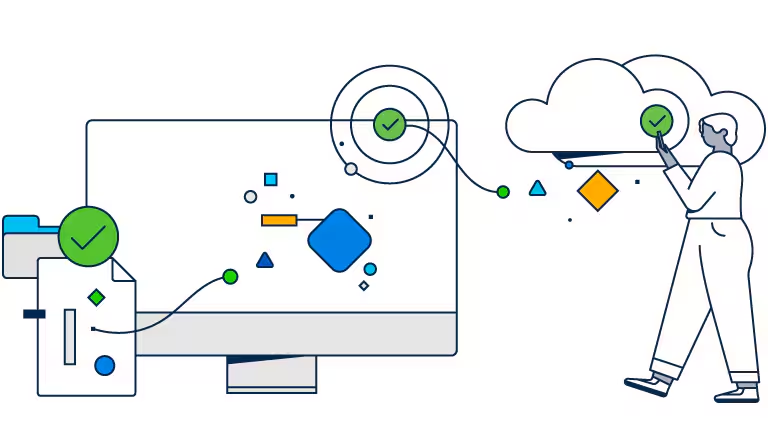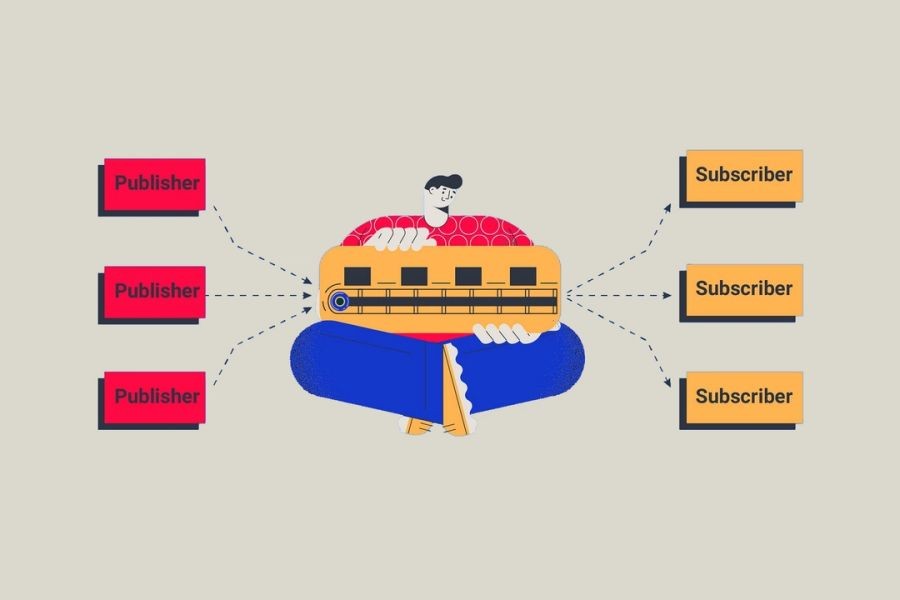In the realm of technological advancement, New Zealand might not be the first name that comes to mind regarding robotics. However, beneath the surface, New Zealand plays a surprisingly critical role as a hidden pioneer in this field, with implications that extend far beyond its borders. This article delves into New Zealand's unique position in robotics, providing environmental researchers with insights into how this emerging sector intersects with sustainability goals and local industry trends.
The Rise of Robotics in New Zealand: A Case Study
New Zealand's landscape offers a fertile ground for innovation, particularly in industries such as agriculture and environmental management. A striking example is the development of robotics in vineyard management, driven by the need to enhance sustainability and productivity. The collaboration between New Zealand's Ministry of Business, Innovation and Employment (MBIE) and local universities has led to the creation of autonomous robots designed to manage vineyards efficiently.
Case Study: Robotics in Vineyards – The Challenge and Solution
Problem: New Zealand's wine industry faced challenges in labor shortages and environmental sustainability. Traditional methods of managing vineyards were labor-intensive and contributed to soil degradation.
Action: In response, a consortium of researchers and industry experts developed robotic systems capable of performing tasks such as pruning and monitoring soil health. These robots use advanced sensors to analyze soil conditions, ensuring optimal conditions for sustainable grape growing.
Result: The implementation of robotics in vineyards has led to a 30% reduction in labor costs and a 20% increase in grape yield quality. Moreover, by minimizing soil compaction, the environmental impact has been significantly reduced.
Takeaway: This case study underscores the potential of robotics to revolutionize traditional industries in New Zealand. By integrating technology with sustainable practices, New Zealand sets a precedent for global agricultural innovation.
How Robotics Works: A Deep Dive into New Zealand's Approach
Robotics in New Zealand is not just about automation; it represents a harmonious blend of technology with the nation's commitment to environmental stewardship. The country's unique approach involves leveraging robotics to address specific local challenges, from agriculture to conservation efforts.
The Integration of Robotics in Environmental Conservation
One of the most compelling examples of robotics in action is its use in environmental conservation. New Zealand's Department of Conservation (DOC) employs drones equipped with artificial intelligence to monitor endangered species and manage invasive pests. These drones can cover vast areas of rugged terrain, collecting data that informs conservation strategies.
Industry Insight: According to a report by Stats NZ, the integration of drone technology in conservation efforts has increased data collection efficiency by 50%, providing critical insights into the health of ecosystems.
Robotics and the Circular Economy
In line with global trends, New Zealand is exploring the intersection of robotics and the circular economy. Robotics plays a pivotal role in waste management, particularly in automating recycling processes. By utilizing robotic sorting systems, New Zealand aims to enhance recycling rates and reduce landfill waste.
Global Application: Countries like Sweden have successfully integrated robotics in waste management, achieving recycling rates of over 50%. New Zealand can draw lessons from such examples to bolster its own circular economy initiatives.
New Zealand's Economic Context and Robotics Policies
New Zealand's regulatory landscape supports the growth of robotics through policies that encourage innovation while prioritizing sustainability. The government's investment in research and development, as outlined in the MBIE's Innovation Policy, underscores the commitment to positioning New Zealand as a leader in technology-driven solutions.
Data-Driven Insights on Robotics Investment
According to the Reserve Bank of New Zealand, the country's investment in technology sectors, including robotics, has grown by 15% annually over the past five years. This surge in investment reflects the strategic importance placed on technological innovation for economic growth.
Future Trends: As robotics continues to evolve, New Zealand is poised to capitalize on this growth. By 2030, it is projected that robotics could contribute up to 5% of the national GDP, driven by advancements in agriculture, healthcare, and manufacturing.
Common Myths and Mistakes in Robotics
While the potential of robotics is immense, several misconceptions persist, often hindering progress and adoption.
- Myth: "Robots will replace human jobs entirely."
- Reality: Though automation is on the rise, it is creating new job opportunities and roles that require human oversight and expertise.
- Myth: "Robots are too costly for small businesses."
- Reality: As technology advances, the cost of robotic systems is decreasing, making them accessible to small and medium enterprises looking to enhance efficiency.
These myths highlight the importance of informed decision-making and understanding the strategic benefits of robotics.
Conclusion: Embracing Robotics for a Sustainable Future
As a hidden pioneer in robotics, New Zealand demonstrates the transformative power of technology when aligned with sustainable practices. By tackling industry-specific challenges and fostering innovation, New Zealand is not only advancing its own economy but also setting a global benchmark for responsible technological growth.
Final Takeaway: The integration of robotics offers profound opportunities for environmental researchers and policymakers to drive sustainable development. Embracing these technologies with a strategic vision can position New Zealand at the forefront of the global robotics revolution.
What are your thoughts on New Zealand's role in robotics? Share your insights below!
People Also Ask
- How does robotics impact New Zealand's agriculture industry? Robotics enhances efficiency and sustainability in agriculture, with innovations like vineyard robots reducing labor costs by 30% and improving yield quality.
- What common misconceptions exist about robotics in New Zealand? A prevalent myth is that robots replace jobs entirely; however, they create new roles requiring human expertise.
Related Search Queries
- Robotics in New Zealand agriculture
- Sustainable technology trends NZ
- Robotics policies in New Zealand
- Future of robotics in NZ
- Environmental conservation robotics































